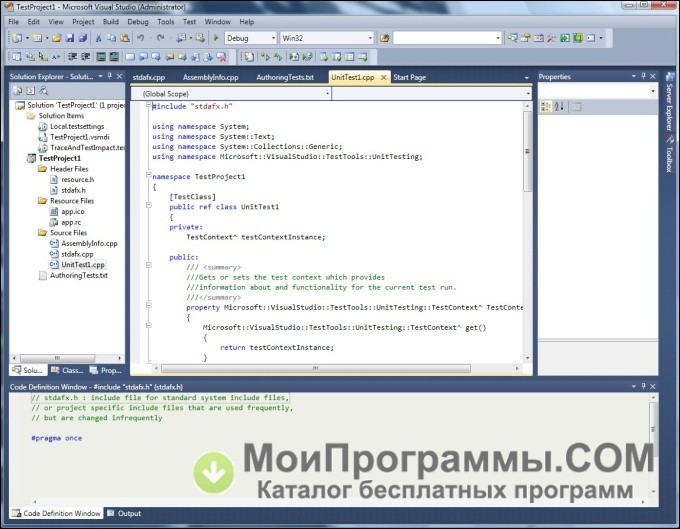
%2B6.png)
When the install failed, you were then left with bits and pieces of VB laying around, and no uninstaller. If you’re like me, you probably tried to install Visual Basic 6 on your computer the old fashioned way. I do not know whether any of the other Visual Studio applications will work after the steps below have been followed.Īlso note that this process will not allow you to install the Data Access components. Note that this tutorial is really geared toward getting Visual Basic 6 up and running. These notes should work for the Pro and Enterprise editions of both Visual Basic 6 and Visual Studio 6. Instead of going those routes, though, I decided to look into getting VB6 properly installed on Windows 10.

We could keep an old XP machine around just for VB6, or set up a virtual instance of XP, or go for either of those options with Windows 7 (VB6 installed on Win7, though not perfectly). Yet, we still need to be able to make minor changes to the programs now and then. The apps work great, so it just hasn’t made sense to spend the time and/or money it would take to upgrade them to VB.Net. Well, like many companies out there, mine has a few proprietary programs that were written, long ago, in VB6. Why install Visual Basic 6? It’s a long-dead program, after all. Visual Basic 6 (VB6) has been one of the few exceptions, so far. For the most part, anything that worked on Windows 7 works on Windows 10. As I’ve worked my way through the various oddities of Windows 10, I’ve found that most applications work great.


 0 kommentar(er)
0 kommentar(er)
